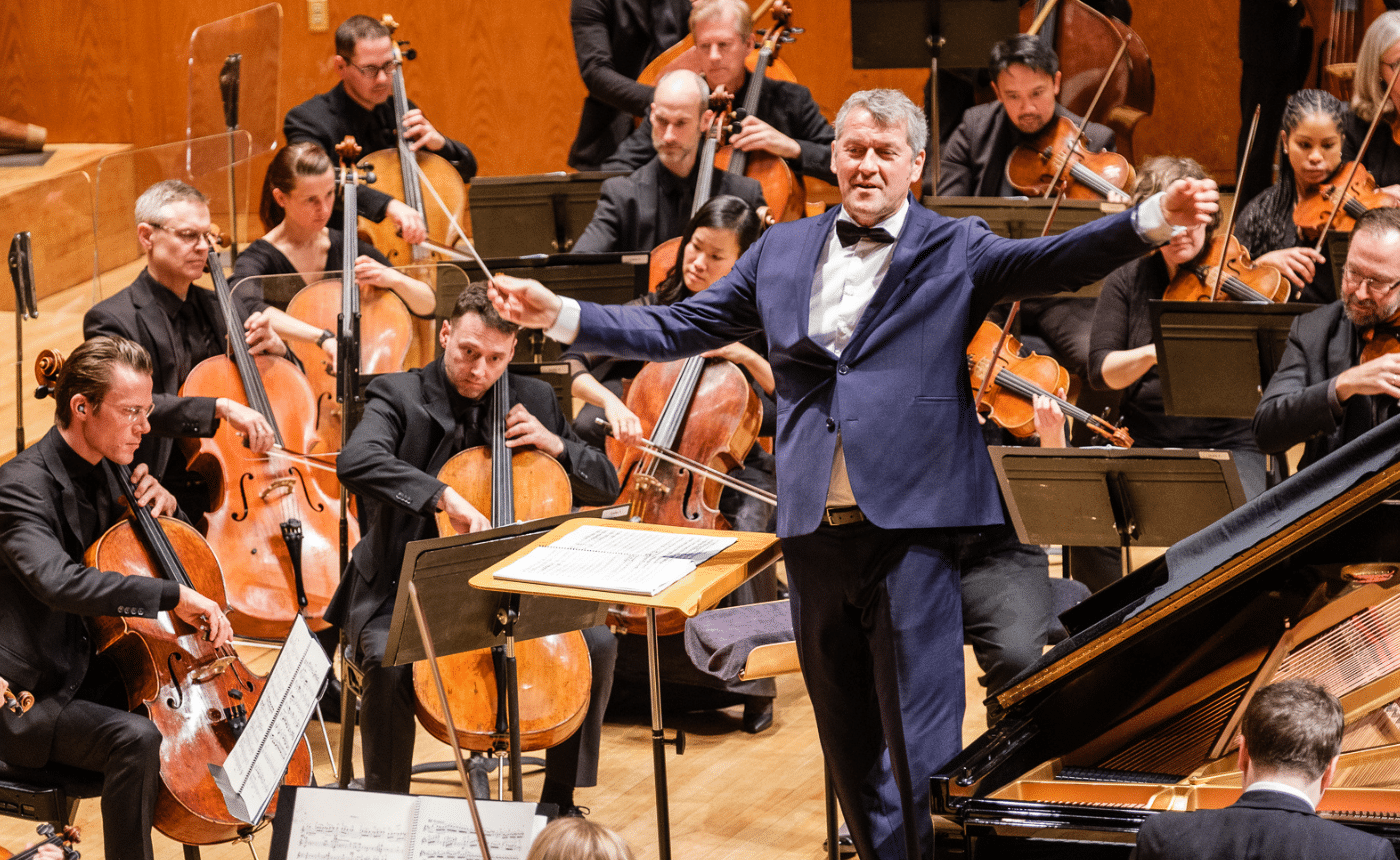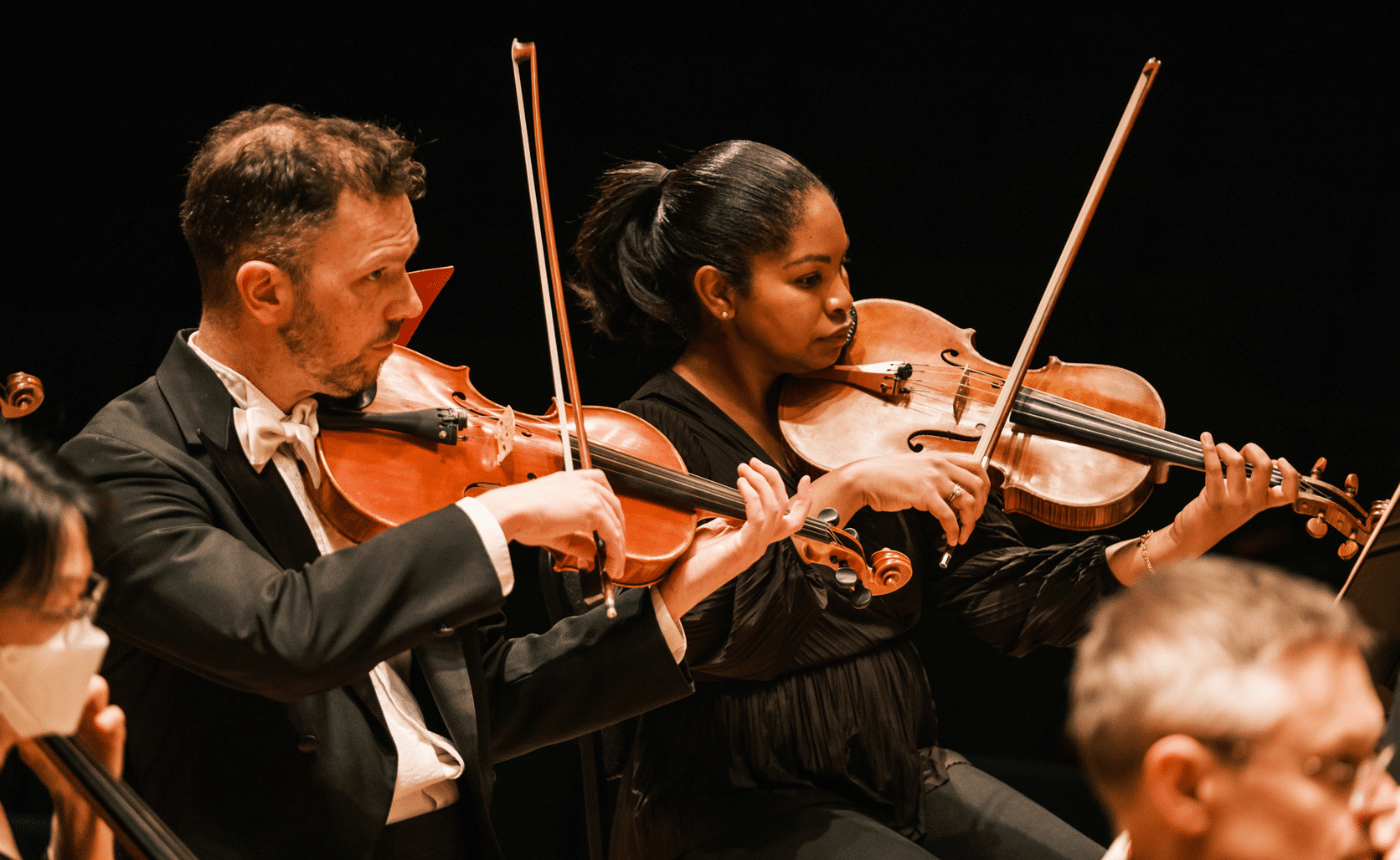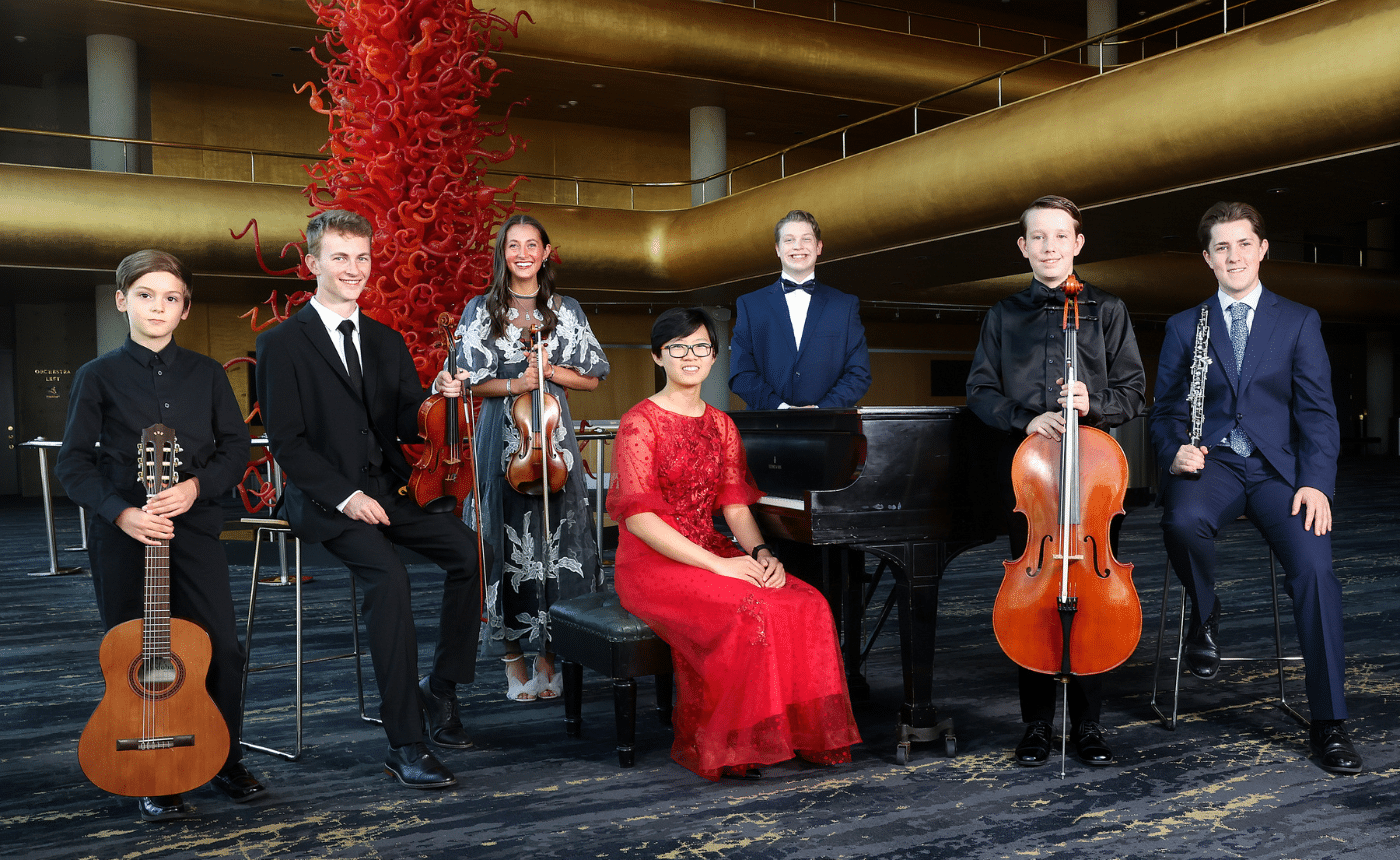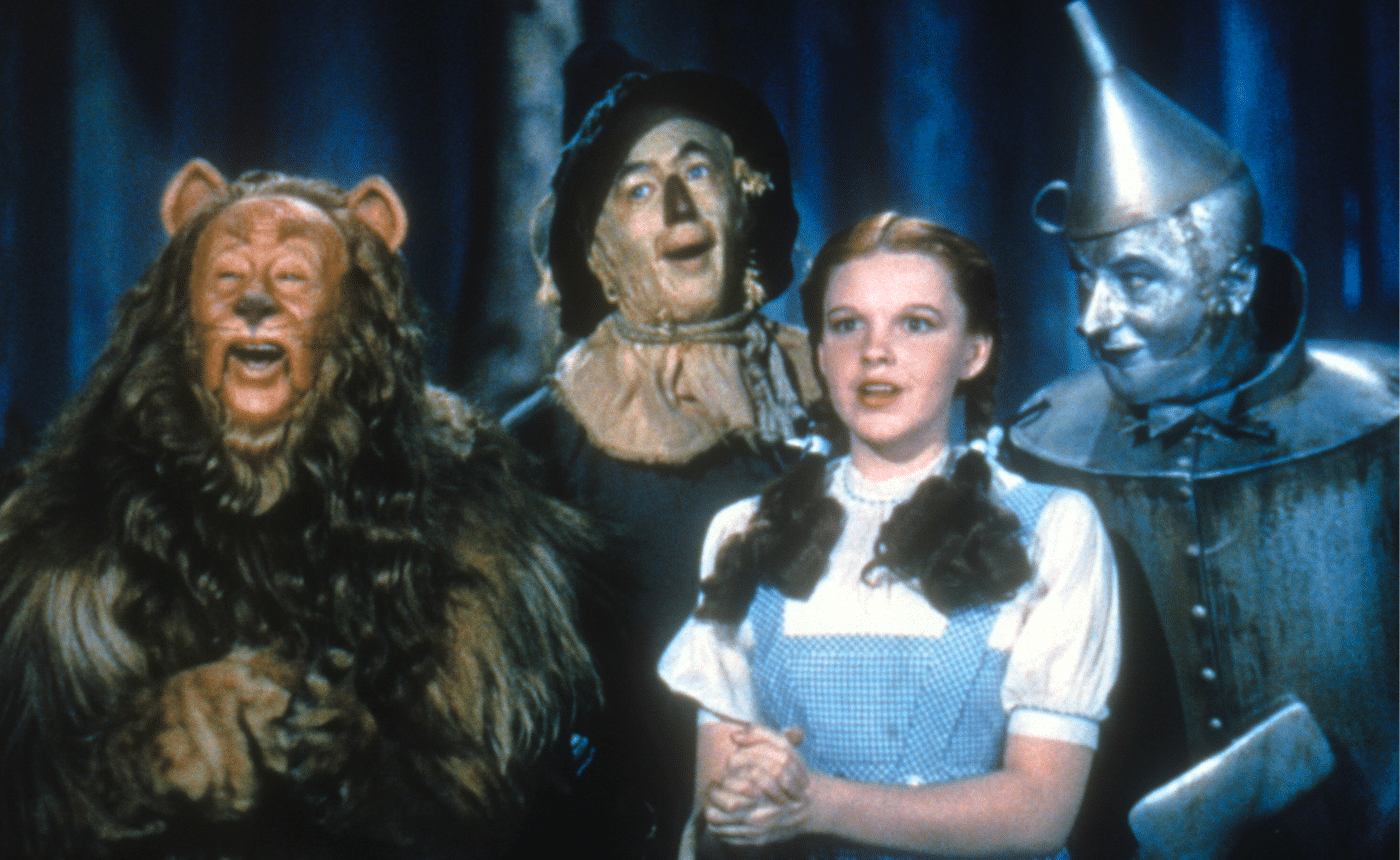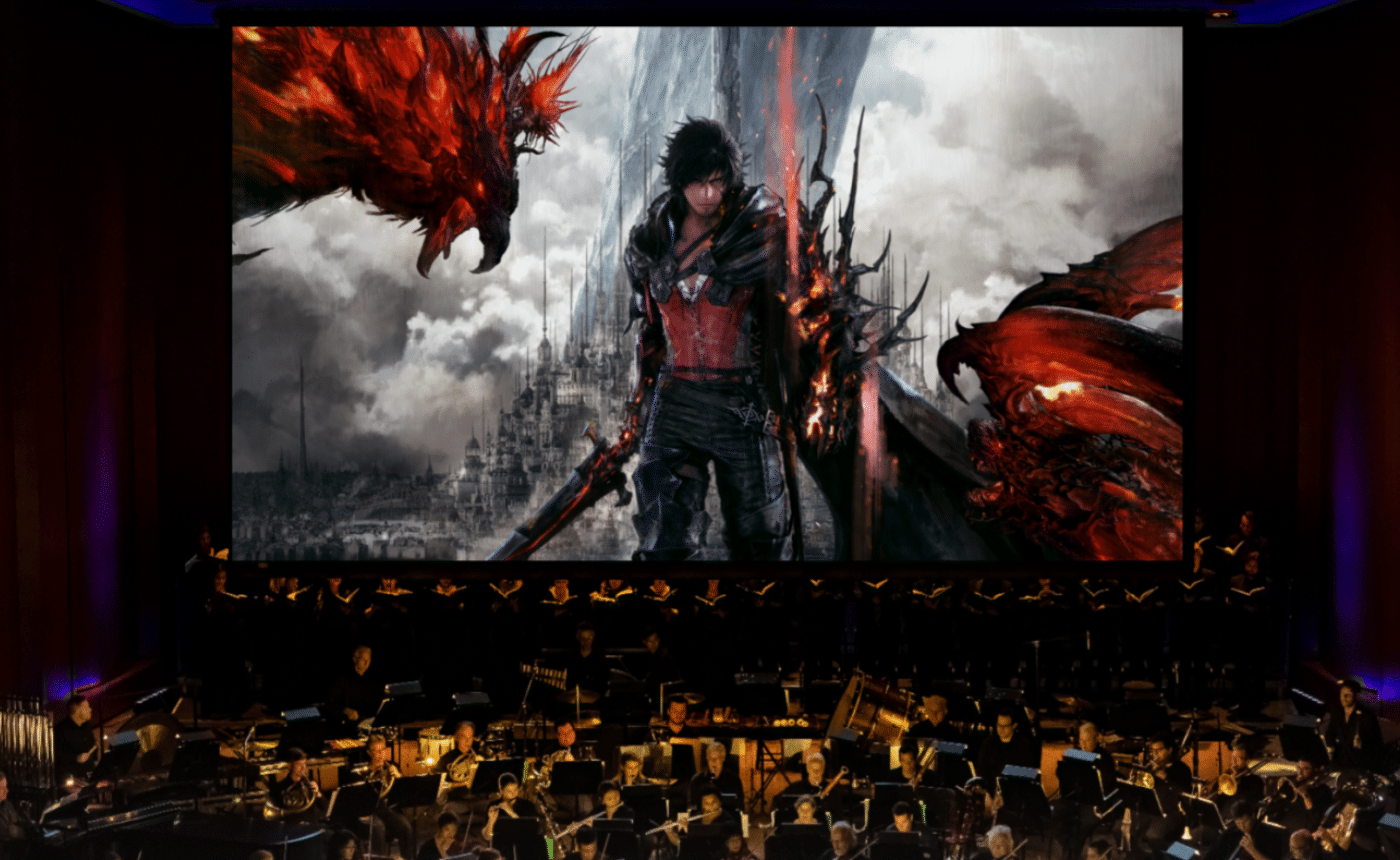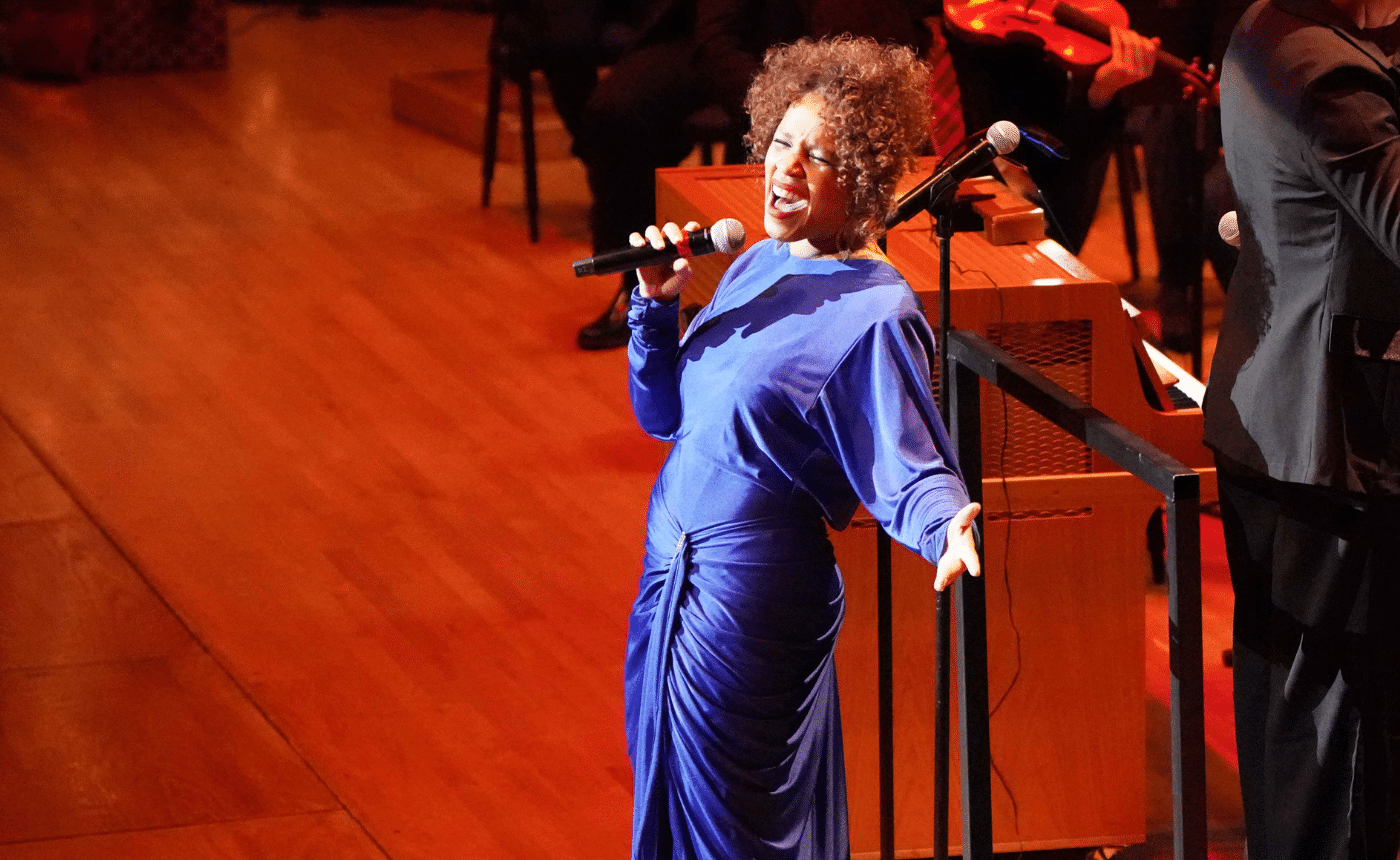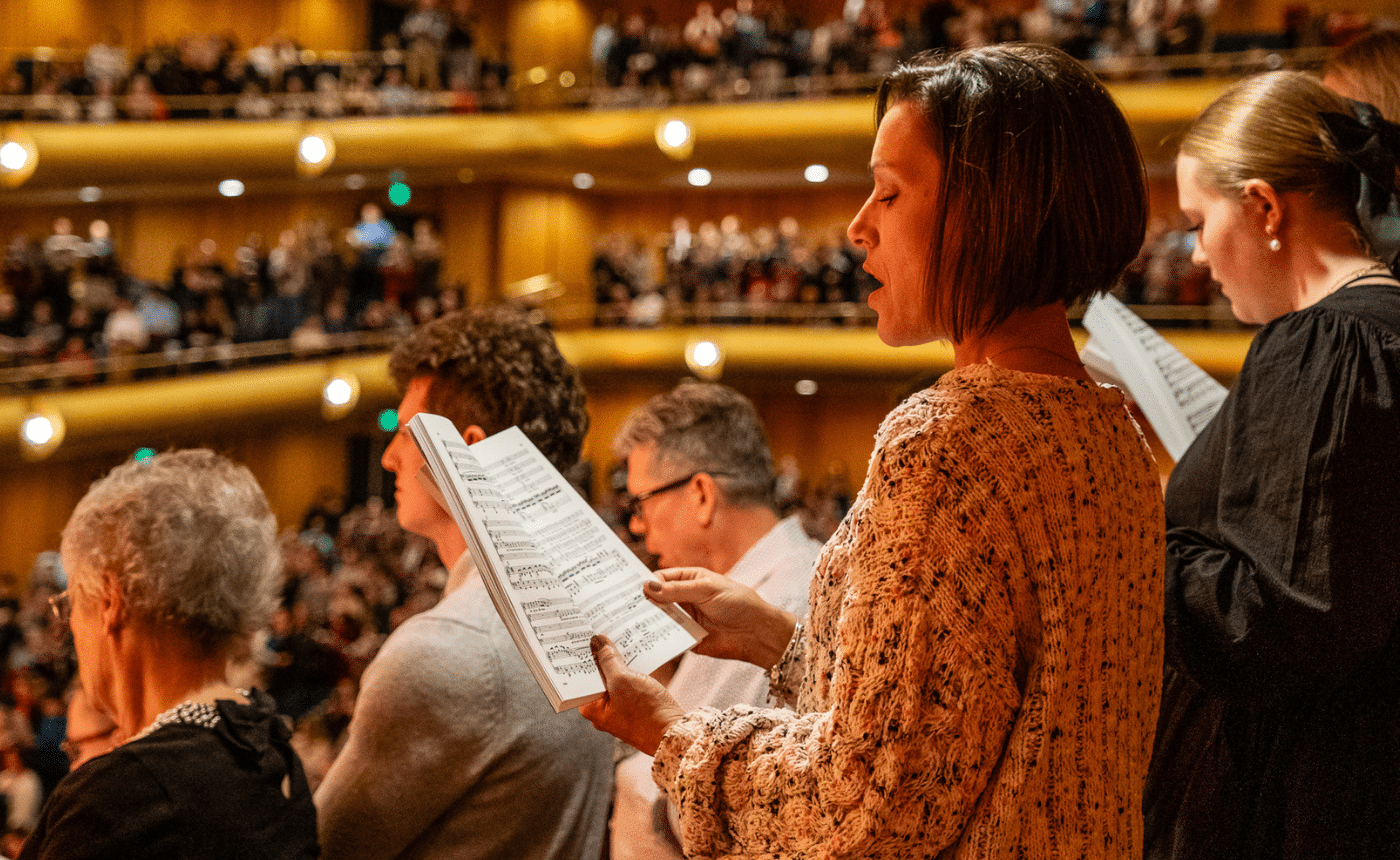Liszt – Piano Concerto Concerto No. 2 in A Major
Written by Jeff Counts
Instrumentation: 3 flutes (3rd doubles piccolo), 2 oboes, 2 clarinets, 2 bassoons, 2 horns, 2 trumpets, 3 trombones, tuba, timpani, cymbals, strings
Duration: 21 minutes in four movements (played without pause)
THE COMPOSER – FRANZ LISZT (1811-1886) – Liszt spent the 1850s in Weimar and created some of his finest works there. The composer settled there (an odd choice for his stature) because of two important people, his employer and his second great love. With Grand Duke Carl Alexander, Liszt hoped he might found an intellectual “Athens of the North” and in the Princess Carolyne he saw nothing less than his future wife. Neither dream would be realized.
THE MUSIC – The unconventionally constructed 2nd Piano Concerto was premiered at Weimar in 1857. Liszt’s pupil Hans von Bronsart, the dedicatee of the work, served as soloist and the composer himself conducted. The piece itself had already lived a rather long life. Liszt began work on it back in 1839 and put it on the shelf in 1840. He would not address it again for another ten years, after which he began a process of periodic revision that didn’t end until 1861, four years after the first performance. It is interesting that the composer himself called the work a “Symphonic Concerto” in his manuscripts, indicating that he envisioned from the start a piece that would be different from the typical concerto structure of his time. Like his 1st Concerto, the 2nd progresses from movement to movement without pause and, in fact, doesn’t have movements at all in the traditional sense but rather a series of contrasting “sections” that treat the opening theme to several interesting transformations. It was a compositional technique that Liszt was fond of throughout his career. Unlike its older sibling, the 2nd Concerto is, to the extent that any work by Liszt can be called so, almost subtle. Both concerti are flashy and difficult, filled with pianistic pyrotechnics but No. 1 seems designed only to dazzle. It is music that, according to essayist Michael Steinberg, is fit for an “expert keyboard athlete” while No. 2 is for “poets only.”
THE WORLD – Two popular holiday songs where written in 1857 – “We Three Kings of Orient Are” by Rev. John Hopkins and “Jingle Bells” by James Pierpont. 1857 was also the year of the Dred Scott Decision and the publication of Flaubert’s Madame Bovary.
THE CONNECTION – Liszt’s 2nd Piano Concerto was most recently performed by the Utah Symphony in 2002 with then Principal Guest Conductor Pavel Kogan on the podium and Hea Jung Cho as soloist.




